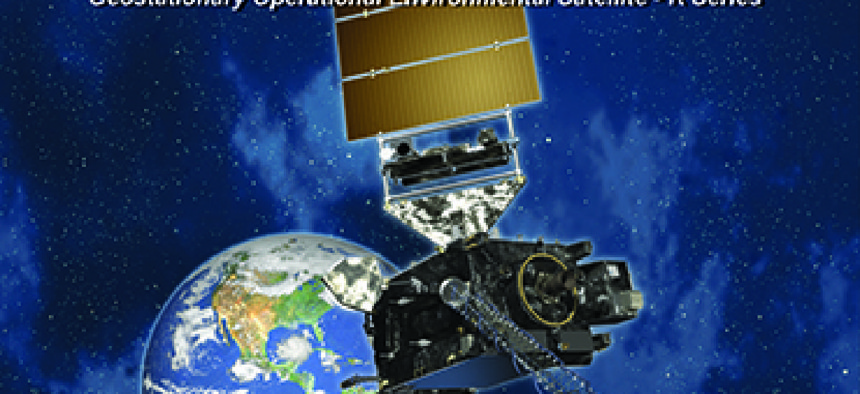Latest GOES-R instrument ready for installation

SEISS is the third of six major instruments that will fly with GOES-R when it is launched in early 2016.

Three of the six cutting-edge instruments designed for the National Oceanic and Atmospheric Administration’s next-generation Geostationary Operational Environmental Satellite-R (GOES-R) spacecraft are now ready for installation, although the spacecraft itself won’t launch for more than two years.
The latest instrument, the Space Environment In-Situ Suite (SEISS), will monitor radiation hazards to future astronauts and satellites, and its five sensors will be capable of monitoring solar weather incidents that could disrupt radio communication on Earth.
SEISS is the third of six major instruments that will ultimately fly with GOES-R when it is launched in early 2016. GOES-R’s Extreme X-Ray Irradiance Sensor was completed in May 2013, followed by the Advanced Baseline Imager in November.
According to a NOAA spokesperson, in early 2014 the instrument will ship from Assurance Technology Corp. in Carlisle, Mass., to GOES-R developer Lockheed Martin Space Systems in Littleton, Colo.
“This is an exciting time for GOES-R, as the instruments are meeting the milestones that put them on the path to integration with the spacecraft,” said Greg Mandt, GOES-R System Program Director. “SEISS is a critical instrument to ensure radiation hazards that impact satellites, radio communications and navigation systems are monitored.”
The GOES-R program as a whole has been criticized in the past by oversight bodies for cost overruns, but the program’s instrument developments have thus far come early or on time.
The remaining planned GOES-R instruments are:
- Geostationary Lightning Mapper, which will provide for the first time a continuous surveillance of total lightning over the western hemisphere.
- The Solar Ultraviolet Imager, a high-powered telescope that observes the sun, monitoring for flares and other solar activity that could affect Earth.
- The Magnetometer, which will provide measurements of the space environment magnetic field that controls charged particle dynamics in the outer region of the magnetosphere. These particles can be dangerous to spacecraft.
NEXT STORY: Obamacare Enrollment Is Surging






